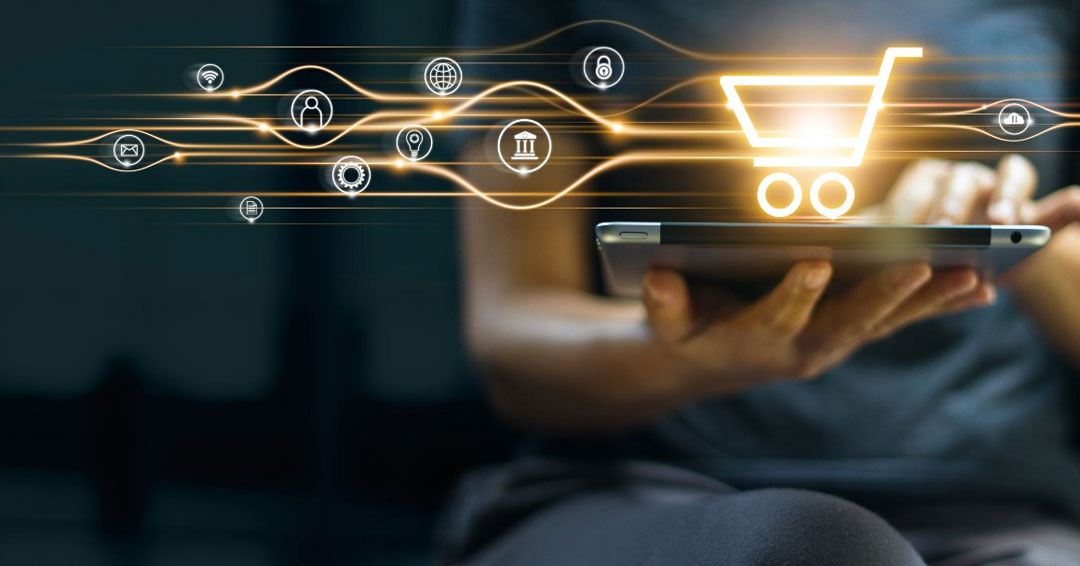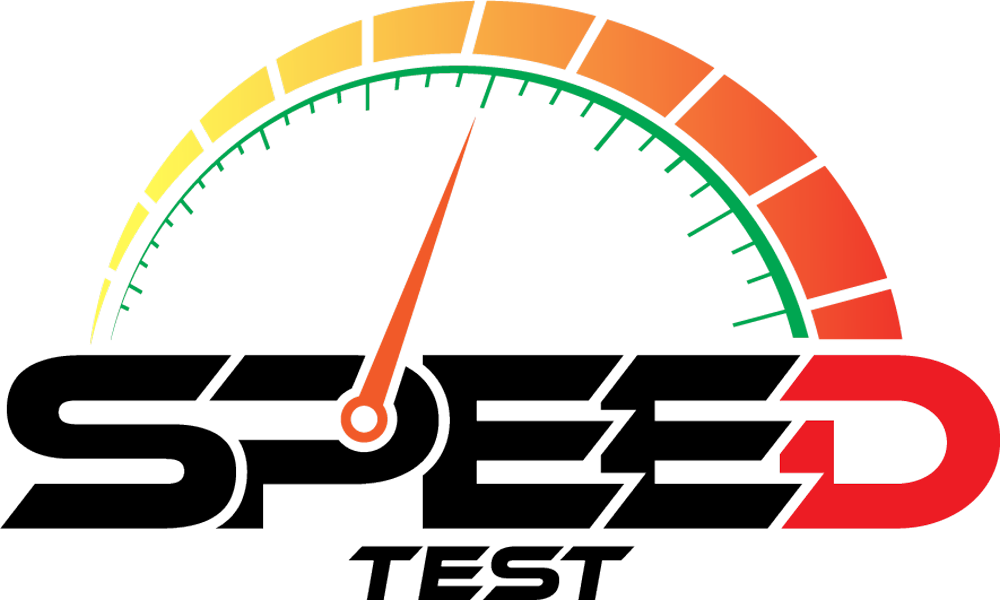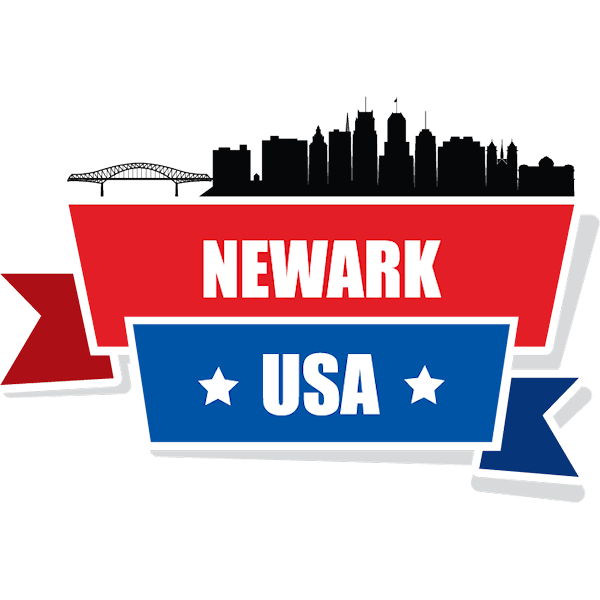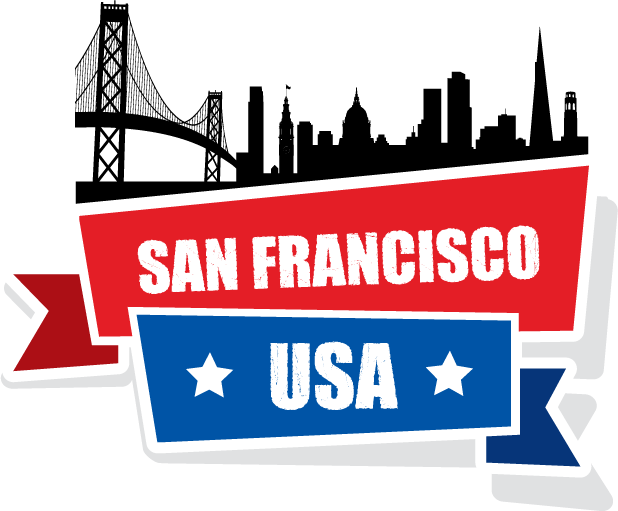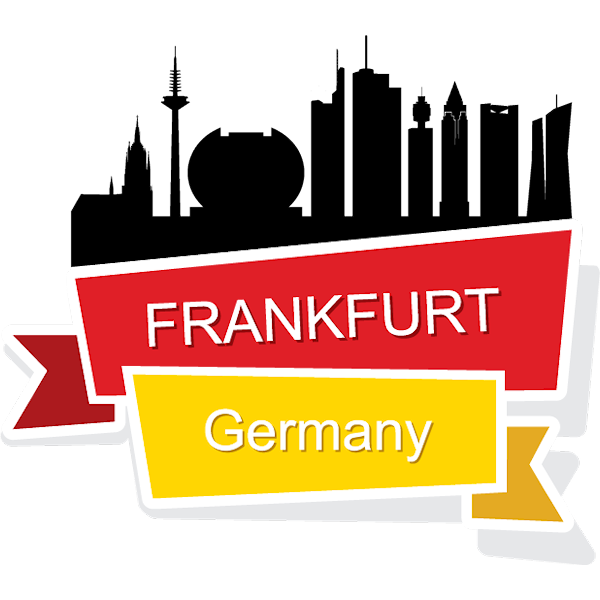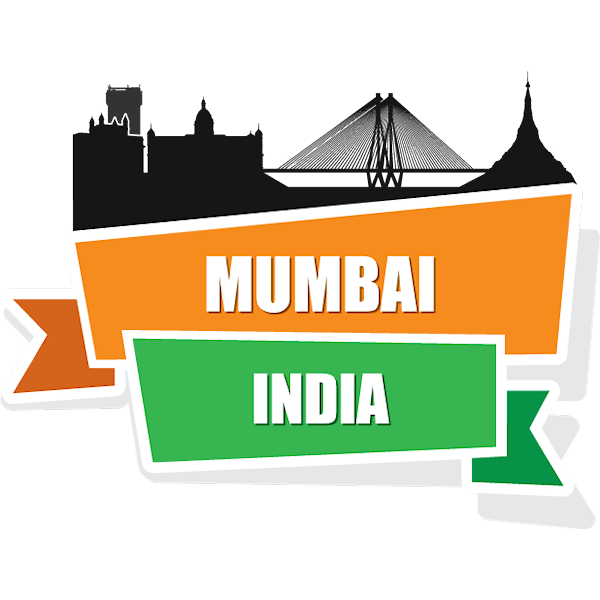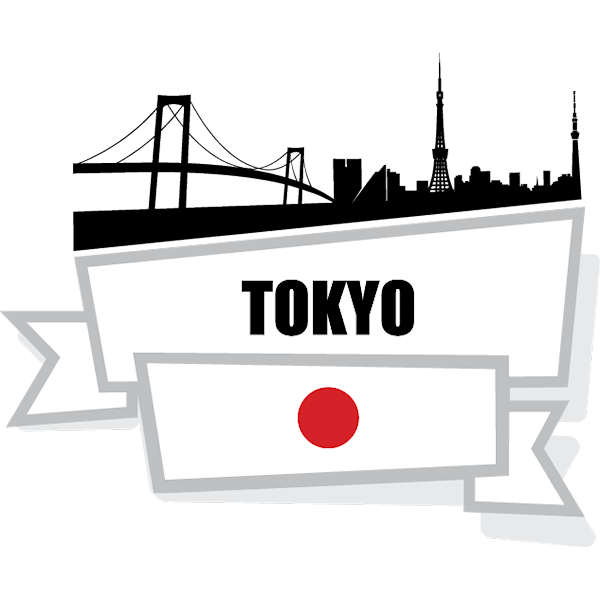Understanding the 9 Phases of the Brand Cycle
When you google “The Brand Cycle” links to bicycle shops and fitness centers flood the page. It’s not until a part of the way down the first page, sandwiched between a Facebook page and a Yelp review, that an article explaining the brand cycle of a business appears.
So, what exactly is The Brand Cycle in regards to a business aspect? The Brand Cycle is a model that displays the shopping journey. Understanding a customer’s journey is an important part of how a business works and can generate more sales and higher customer loyalty. The Brand Cycle can apply to products such as phones or computers or even subscriptions such as magazines or streaming services.
The nine phases of The Brand Cycle are:
- Impression – The customer first hears about the brand.
- Evaluation – The customer needs the product but needs to see which brand will fulfill their need.
- Purchase – The customer selects a brand and buys/signs up.
- Learning – The customer has the product and starts to learn how to utilize it.
- Use – The customer begins to use the product.
- Re-Evaluation – The need for a replacement or renewal comes up and the customer begins to evaluate their experience and consider new options.
- (Re) Purchase – The customer stays loyal to the brand and repurchases/renews.
- Leaving – The customer decides not to repurchase and leave the cycle
- Engagement – Still being an active presence and promoting your brand
Since The Brand Cycle is an integral part of understanding factors such as customer loyalty and a brand’s overall success, let’s take a deeper look at each phase.
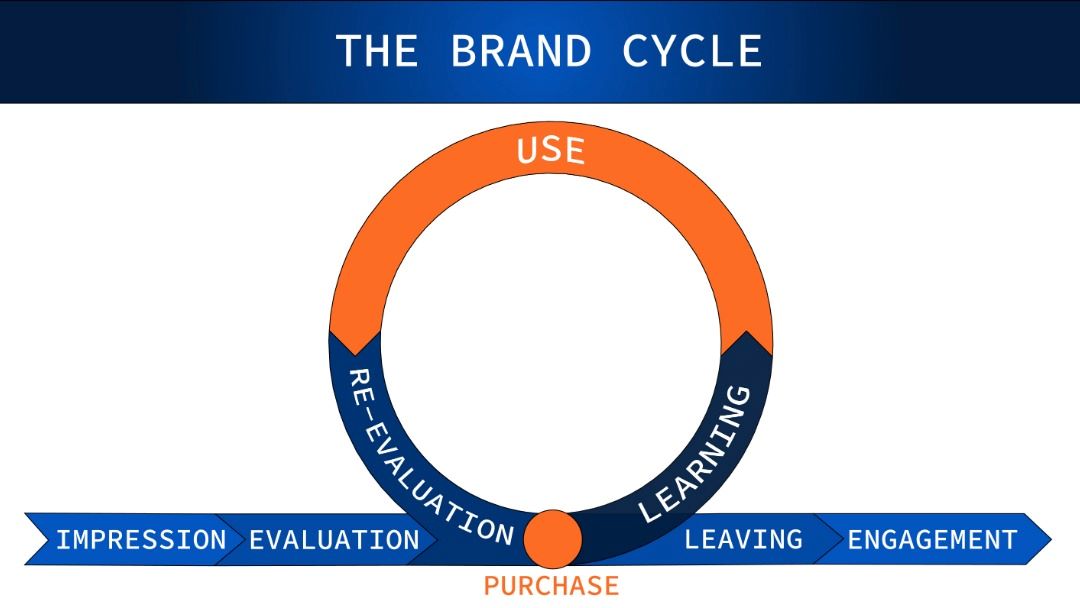
1. Impression Phase
The impression phase begins from the moment a potential customer hears about your brand or about your product that they don’t currently use. Be it word of mouth from a friend or even seeing an advertisement, as soon as the potential customer is exposed to your brand, the impression phase begins and it doesn’t end until the customer finally establishes a need for the product.
So, what should your brand do during this phase? Communicate! During this phase, it is very important to engage in exposure such as advertising and product placement. This isn’t the time to overload the customer with a lot of facts about the product or what it does. Focus more on making a lasting impression on your potential customer by increasing your brand association.
Example: I moved into a new neighborhood a while back and I noticed that a lot of my neighbors had some form of security system. The most common system used was, let’s say, Home Safe Security and all of my neighbors raved about how well it worked and how easy it was to use. My impression phase ended after a series of break-ins in my neighborhood and I realized I needed my own security system.
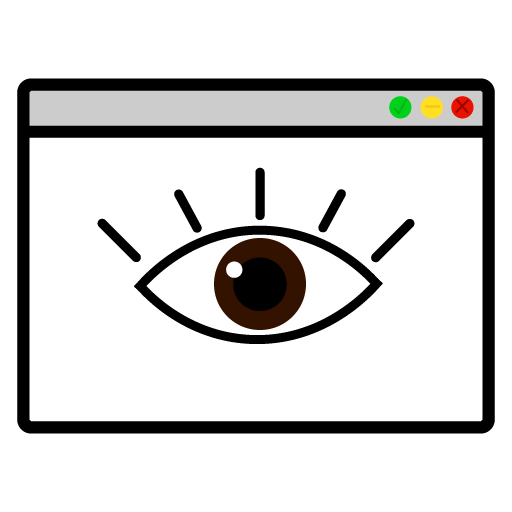
2. Evaluation Phase
The customer has established a need for a product that your brand has, but several other brands also sell a similar product. How does the customer pick which brand to buy from? We have officially entered the evaluation phase and it doesn’t end until the customer makes a purchase, or decides they don’t actually need the product.
To decide which product to buy, the customer will begin to evaluate and research the different brands they are considering buying from. Your advertisements should now establish why they need your product. Begin to go over the features and benefits that your product has and show some of the product details.
Example: So, I needed a security system but with all the different ones out there, I wanted to do a little research. I got online and looked at systems such as Doorbot, ADT, and Home Safe. After comparing the systems, their functions, and reading some reviews, I decided that Home Safe would be the best option.
3. Purchase Phase
The customer evaluated all of their options and they selected your brand! Be it a physical product, your services, or a subscription, the customer is choosing to invest in you over the other brands. Yay! There is still one small detail though, they haven’t bought your product yet.
There are four factors that are very important to consider at this point in the Cycle and will help complete the purchase. If you want to be able to sell your products, you have to be 1) on a website or in a store that the customer wants to buy from, 2) able to provide all details and information they need, 3) have a price point within the customer’s budget, and 4) reassure the customer that they aren’t making a bad choice with your product.
Example: This phase consisted of when I decided to purchase the Home Safe security system over other brands. Home Safe had a better deal than the other ones and had features that I found very valuable and helpful versus having to purchase additional upgrades with some of the other brands.
4. Learning Phase
You answered all of the customer’s questions and eased their concerns, you were affordable, and you were right there in their favorite store for purchase. The customer has now officially made a purchase of your product and they are beginning to learn how to use it.
Much like the other phases, communication is also a key part of this phase. It is important that your brand communicates with the customer on how to use the product so that they really get as much value out of the product. While instruction booklets might be helpful, more in-depth tutorials leave a more positive and longer-lasting brand association that will be important during the re-evaluation phase.
Example: So now I have the system and it’s been installed in my house, but with all the different buttons and settings I’m not too sure how to use it. The system came with a brochure that explained some of the basic features, but what was most helpful was the QR code that I could scan that took me to a YouTube page with numerous walk-throughs and tutorials. This helped me easily learn how to use the system and complete my learning phase.
5. Use Phase
The use phase provides the most value to your brand. Your customer has all the knowledge and feels comfortable and skilled enough to use the product.
At some point during the use phase, however, the value of the product begins to decrease. With time, technology advances, the product wears out, or it is simply no longer in the customer’s interest. This leads to the customer realizing that they have to repurchase…but from who?
Example: After watching some videos and getting some help from some neighbors, I was able to quickly learn how to use my new security system. There were a few times that I had to call the security company due to malfunctions that I wasn’t able to fix. Other than that, the system was very useful and manageable.
Also a few months ago, I received a notice from Home Safe, stating that since wireless technology has evolved, they needed to upgrade my panel and it was only going to cost $350 plus a service trip. Maybe, now was time that I needed to get an all-new system or potentially purchase from someone else. This launched me into my re-evaluation phase.
6. Re-Evaluation Phase
So, the customer knows that they need a replacement product, but they aren’t entirely sure they are going to buy from your brand again. Much like the first evaluation process, the customer will look at the options that are now available and the difference between the brands and the products. The main difference this time is that the customer now has experience with your brand that will influence their decision.
Throughout this brand cycle, your brand has been creating an impression on the customer. You answered all the questions, had an easy-to-use product, and they associate your product with your happiness and success. If the impression has been a good one, it gives your brand an advantage during this phase. This is also to say that if the customer had a negative experience with the brand, a harsher judgment would be cast.
Example: While my system was in no way difficult to use, I did notice that it is partially because the functions are so basic. Even the newer systems are rather simplified and don’t have nearly as many functions as some of the other companies nowadays. I also had to deal with customer service a lot due to system issues, but it was nice that someone would come out to fix the problem if it was too complex.
Because of these issues, I wasn’t immediately sold on sticking with the same company. I reached out to some of my neighbors again and resumed my online research of different companies. A lot of other companies offer numerous more services and features at the same cost of my current system.
7. (Re) Purchase Phase
This phase is the true test of your customer’s loyalty to your brand. The rules from the first purchase phase also apply to this one as well. Shopping is shopping so being present, informative, affordable, and assuring is still relevant and important.
In a perfect world for your brand, the customer will immediately purchase your product again. Yet, sometimes customers decide to purchase from a different brand and engage in a different brand cycle.
Example: When it came down to it, I decided to switch companies with a newer system. I wanted a system that also had an app that I could use and that could also be connected to smart devices in my home. Because of this and the tech issues that I had, I didn’t repurchase and continue the brand cycle with Home Safe.
8. Leaving Phase
Sadly, not every customer will be a repeat customer. The leaving phase is when the customer decides to leave and stop using your brand. It is important to listen to their feedback and criticisms. Customers leaving is all a part of the cycle.
Keep in mind there is a chance that the customers could come back to your brand sometime in the future! Once a customer leaves your brand, they begin to go through another brand’s cycle. Perhaps during that other cycle’s re-evaluation phase, you are considered. This is why building and maintaining a positive brand association is so important.
Example: Once I have left Home Safe for another company, I have then started the brand cycle all over again just with a different company. I’m beginning the learning process again and starting to use a new system until I eventually have to upgrade or repurchase again in the future.
9. Engagement Phase
Sometimes it is still worthwhile to reach out to previous customers to let them know that you are still there. If they left for a competitor, there is a chance that they might not be satisfied with their new purchase and could return to your brand. Occasionally reaching out to them and informing them of new products or changes in your business, especially if you listen to customer feedback, could help sway them to come back in the future.
Example: I switched systems a while back and I’m not too sure that I’m satisfied with my current company. It takes longer to hear back from customer support, sometimes that app crashes or freezes up, and overall, it is just harder to manage with all of the different buttons. Home Safe still sends out emails to me and I’ve noticed some major changes in its tech department that rivals my current system. When it comes to upgrading again or getting a new system in the future, Home Safe is definitely on the table of considerations.
Overall
Understanding the customer’s shopping process can help your brand with advertising, communication, and developing your brand. Two of the most important factors of the Brand Cycle are creating a positive brand association with the customer and establishing clear communication. These things will help the customer feel better about your brand and allow them to feel more confident in your products.
Communication is used in every phase except “Use” and “Leaving.” A clear form of communication with your customer can help them feel heard and understand your brand. Know what to say and how to say it varies from phase to phase so make sure that you are paying attention to the customer’s position in the process.
A positive brand experience is more likely to stay loyal to the brand and also more likely to tell other people about your brand. One loyal and very happy customer could tell their friends and family about your brand and thus create the impression phase of the cycle for so many other customers.
The Brand Cycle is a part of every purchase experience whether the customer or brand knows it. It is important to note that the endpoints of the brand cycle diagram are marked with arrows. The Brand Cycle is a continuous process that never truly ends for consumers. This model can help your brand do better and potentially bridge the gap between simply making sales and outselling your competition.
Want to receive emails that can help you grow and develop your brand and company? Fill out the form below to sign up for emails about General Marketing and Branding, Digital Marketing, and Sales and Management Tips.
